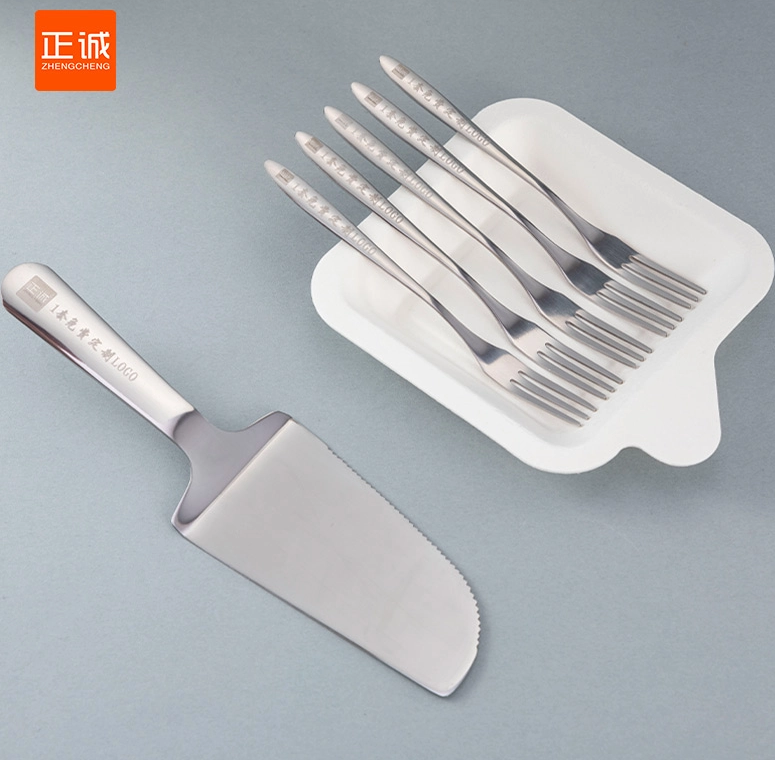In the ever-evolving landscape of food distribution, the packaging of fruits plays a pivotal role in ensuring quality, safety, and sustainability. As consumers become increasingly discerning about the products they purchase, the demand for effective fruit packaging solutions has surged. This article delves into the various types of packaging available for fruits, evaluating their effectiveness, sustainability, and impact on the supply chain.
Understanding the Importance of Fruit Packaging
Fruit packaging serves multiple critical functions. Primarily, it protects fruits from physical damage during transportation and handling. Additionally, effective packaging extends shelf life by minimizing exposure to air, moisture, and pathogens. Furthermore, packaging plays a significant role in branding and marketing, influencing consumer purchasing decisions.
Key Considerations in Fruit Packaging
When selecting the best packaging for fruits, several factors must be considered:
- Type of Fruit: Different fruits have varying levels of sensitivity to bruising, moisture loss, and ethylene production. For instance, berries require more delicate packaging compared to sturdier fruits like apples or oranges.
- Transportation and Storage Conditions: The distance and conditions under which fruits are transported can influence packaging choices. For long-distance shipping, packaging that provides insulation and moisture control is essential.
- Shelf Life: Packaging must be designed to extend the shelf life of fruits. This can involve using materials that are breathable or incorporating technologies such as modified atmosphere packaging (MAP).
- Sustainability: With growing environmental concerns, sustainable packaging options are becoming increasingly important. Consumers are more likely to choose brands that prioritize eco-friendly materials.
Types of Fruit Packaging
- Clamshell Containers
Clamshell packaging is a popular choice for berries and other delicate fruits. Made from PET or RPET, these containers provide visibility while protecting the fruit from physical damage. Their design allows for ventilation, which helps reduce moisture buildup. However, while they are recyclable, their environmental impact can be significant if not properly disposed of.
- Cardboard Boxes
Cardboard boxes are a traditional yet effective option for transporting bulk fruits like apples, oranges, and bananas. They are sturdy, stackable, and can be made from recycled materials. Additionally, cardboard can be printed with branding, making it an excellent marketing tool. However, they may not provide adequate protection for more delicate fruits.
- Biodegradable Packaging
As sustainability becomes a priority, biodegradable packaging options are gaining traction. Materials such as cornstarch-based bioplastics or mushroom-based packaging offer an eco-friendly alternative. These materials decompose naturally, reducing landfill waste. However, their effectiveness in preserving freshness and preventing damage is still being evaluated.
- Shrink Wrap
Shrink wrap is often used for individual fruits or small clusters, providing a tight seal that helps retain moisture and freshness. This method is particularly effective for fruits like cucumbers and tomatoes. However, it is not the most sustainable option, as it typically involves plastic that may not be recyclable.
- Modified Atmosphere Packaging (MAP)
MAP technology alters the composition of gases surrounding the fruit, slowing down ripening and spoilage. This method is particularly beneficial for fruits that are sensitive to ethylene, such as bananas and avocados. While effective, MAP can be costly and requires specialized equipment.
Innovations in Fruit Packaging
The packaging industry is witnessing a wave of innovations aimed at enhancing fruit preservation and sustainability. Some notable advancements include:
- Active Packaging: This technology incorporates substances that actively interact with the contents to extend shelf life. For example, oxygen scavengers can be included to absorb excess oxygen, while antimicrobial agents can inhibit microbial growth.
- Edible Packaging: Researchers are exploring edible films made from natural ingredients, such as seaweed or milk proteins. These films can provide a barrier against moisture and oxygen while being safe for consumption.
- Smart Packaging: Incorporating sensors that monitor temperature and humidity can provide real-time data on the condition of the fruit during transportation. This technology can help in making informed decisions about storage and distribution.
Conclusion
Choosing the best packaging for fruits is a multifaceted decision that requires careful consideration of various factors, including the type of fruit, transportation conditions, shelf life, and sustainability. As the industry continues to innovate, the future of fruit packaging looks promising, with a focus on enhancing quality while minimizing environmental impact. By staying informed about the latest developments and trends, producers and retailers can make strategic choices that benefit both their bottom line and the planet.


